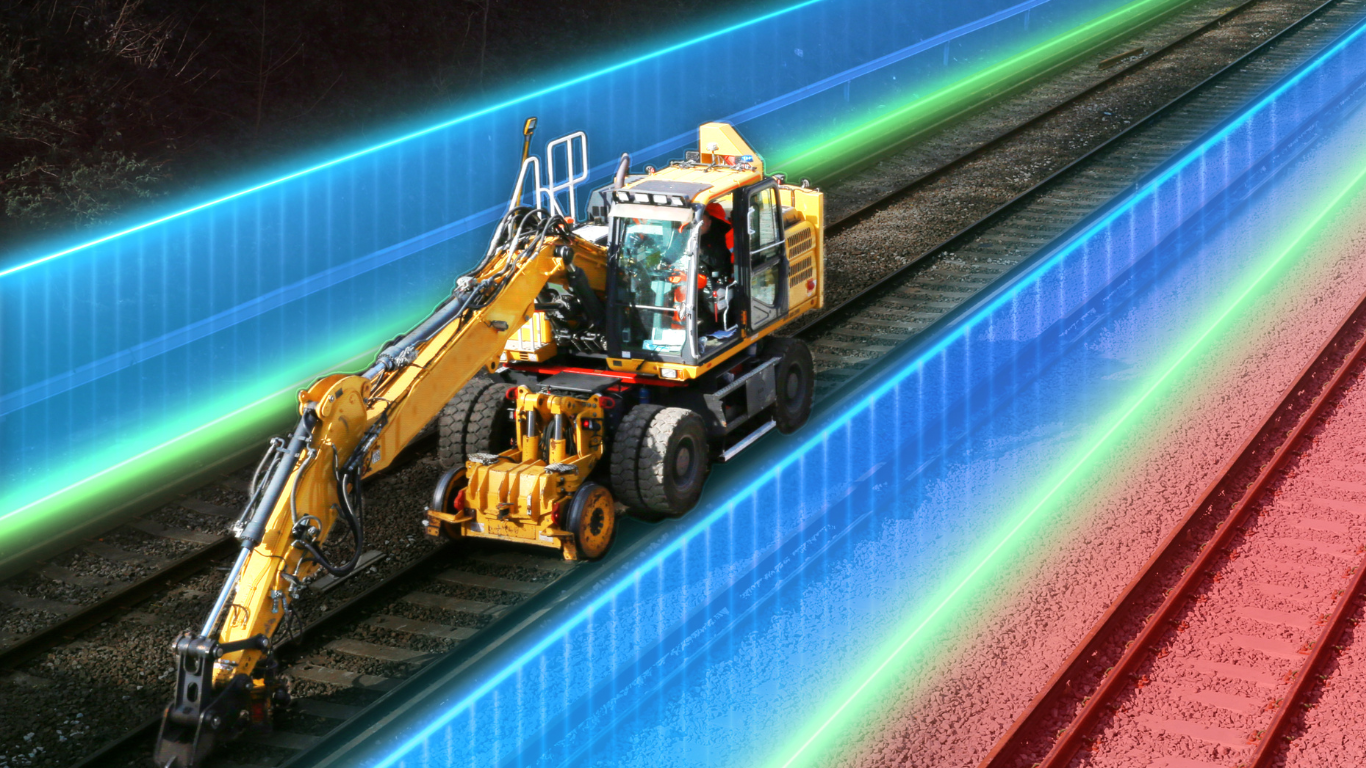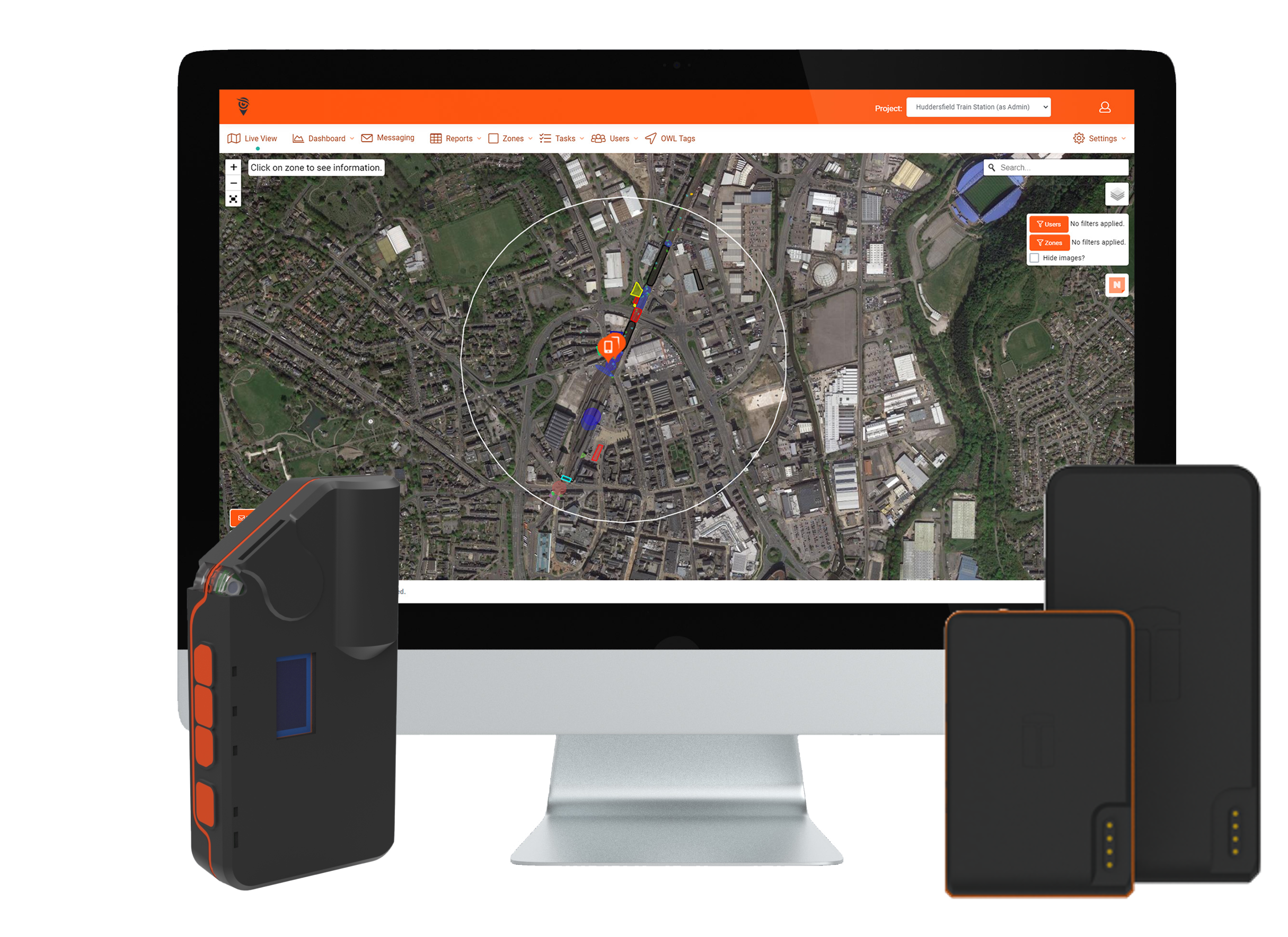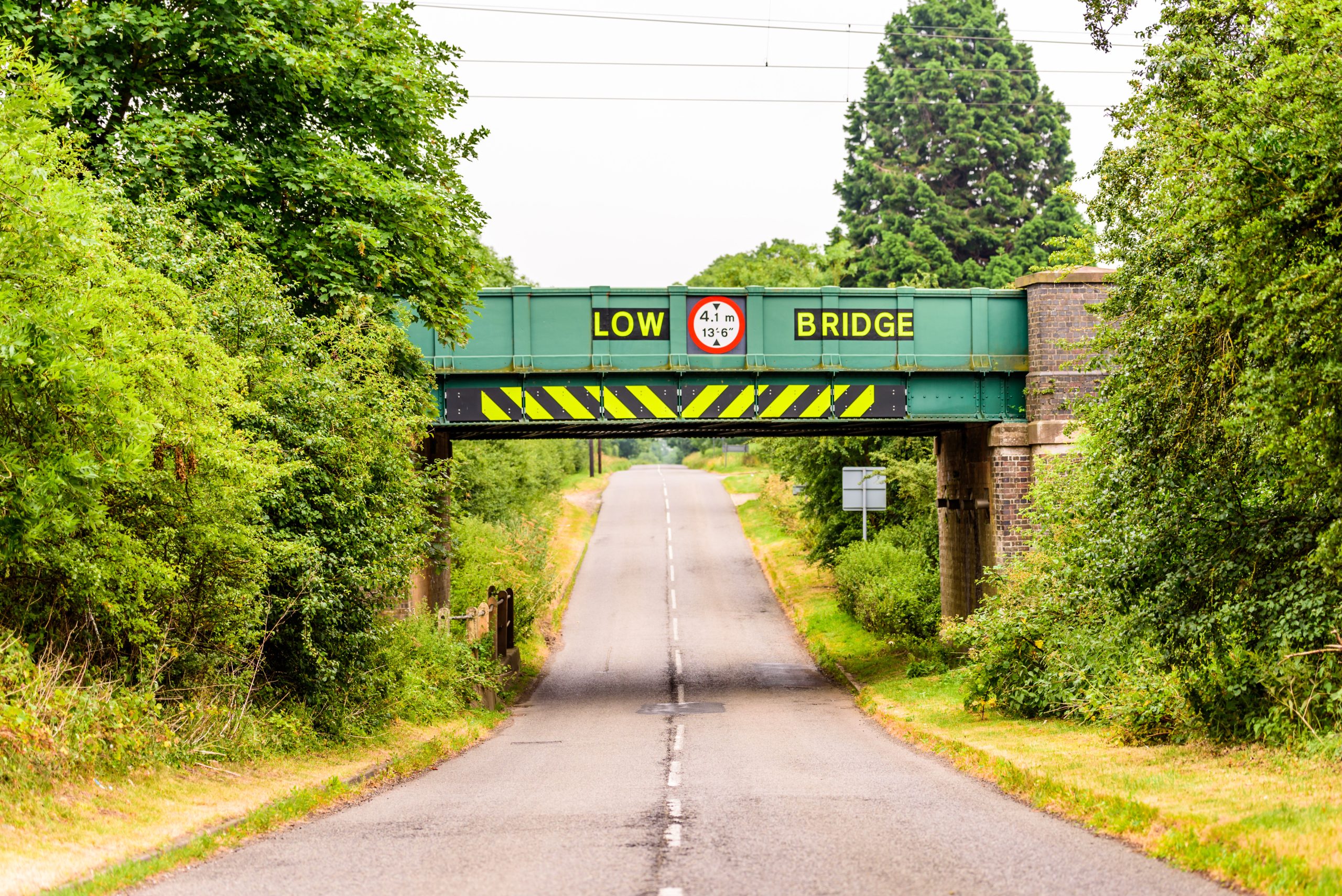This article explores mitigating the ecological impact of construction projects with the use of geofencing technology.
Construction and rail projects have the potential to cause significant ecological impacts, including damage to protected trees, disruption of ecological habitats, and disturbance of nesting birds and wildlife. These impacts can not only harm local ecosystems but also lead to project delays and increased costs.
As such, construction and rail project managers need to prioritise ecological considerations in their planning and execution.
This article will explore best practices and case studies for protecting sensitive wildlife habitats during construction, the role of geofencing technology in mitigating ecological impacts, and how construction and rail projects can go beyond mere compliance and become environmental stewards.
By adopting these approaches, construction and rail projects can minimise their ecological footprint and contribute to the long-term sustainability of their surrounding environment.
Environmental Protection
When it comes to construction and rail projects, it’s important to consider the potential impact on the surrounding environment. Here are some specific considerations related to environmental protection:
Protected trees
Regulations are in place to protect certain types of trees from being cut down or damaged during construction, typically these are covered by Tree Preservation Orders (TPOs) which can apply to individual trees, trees in an area, groups of trees or whole woodlands. It’s important to identify any protected trees on the construction site and plan the project accordingly to avoid damaging them.
Ecological habitats
Construction projects can disrupt ecological habitats, including wetlands, streams, and other natural features. It’s important to assess the impact of the project on these habitats and take steps to minimise any negative impact. This might include rerouting the project, recreating habitats or taking measures to protect the habitat during construction.
Protecting Species: Best Practice
In addition to habitats and flora, several species of fauna are also regularly encountered on construction sites, including; nesting birds, badgers, dormice, great crested newts, water voles, and reptiles.
These species come with their own specific considerations:
Nesting birds: Many bird species nest in trees and other natural features that can be impacted by construction. It’s important to identify any nesting sites on the construction site and plan the project accordingly to avoid disturbing the birds during the nesting season. Notwithstanding general good practice, regulations can also apply additional controls these include SAC, SSSIs and Ramsar Sites.
Badger setts: Badgers are a protected species in many countries, and their setts (underground burrows) are protected by law. It’s important to identify any badger setts on the construction site and take steps to protect them. This might include fencing off the sett, avoiding construction work in the immediate vicinity, and implementing measures to ensure that badgers are not harmed during the project.
Dormice: Dormice are known for their ability to hibernate for long periods. If dormice are present on the construction site, it’s important to assess the impact of the project on their habitat and take steps to minimise any negative impact. This might include implementing measures to protect their nesting sites and food sources.
Great crested newts: Great crested newts are a protected species and are often found in ponds and other water bodies. If great crested newts are present on the construction site, it’s important to assess the impact of the project on their habitat and take steps to minimise any negative impact. This might include creating new habitats for the newts, such as new ponds or wetland areas, and implementing measures to protect their breeding and foraging areas.
Water voles: Water voles are also a protected species and are often found along riverbanks and other water bodies. If water voles are present on the construction site, it’s important to assess the impact of the project on their habitat and take steps to minimise any negative impact. This might include implementing measures to protect their burrows and food sources, such as planting new vegetation.
Reptiles: Reptiles, such as snakes and lizards, are often encountered on construction sites. If reptiles are present on the construction site, it’s important to assess the impact of the project on their habitat and take steps to minimise any negative impact. This might include creating new habitats for the reptiles, such as new rock piles or log piles, and implementing measures to protect their nesting and basking areas.
How Geofencing Can Help
Geofencing is a technology that creates a virtual boundary around a specific area, which can be used to monitor and control access to the area. It has become increasingly popular in the construction and rail industry as a solution to address not just safety concerns but also ecological and environmental impacts.
By using geofencing technology, construction and rail projects can create a virtual boundary around sensitive ecological areas, such as protected trees, ecological habitats, and wildlife nesting sites. This allows project managers to monitor and control access to these areas, ensuring that workers and machinery do not encroach upon them.
Geofencing can also be used to prevent construction work from taking place during sensitive periods, such as nesting season for birds or breeding season for amphibians. By setting up a virtual boundary around these areas, project managers can ensure that construction work does not take place during these periods, minimising disruption to the local ecology.
Furthermore, geofencing can be used to track the movement of construction equipment and vehicles, ensuring that they stay within designated areas and do not accidentally encroach upon sensitive ecological areas. This can help to prevent accidental damage to habitats and protected species, reducing the ecological impact of the project.
OWL is the Answer to Ecological Success in Construction
If you’re a construction or rail project manager, it’s important to prioritise ecological considerations in your planning and execution to minimise your project’s impact on the environment.
One effective solution to address ecological impacts is the use of geofencing technology. Onwave has developed OWL geofencing technology specifically designed to address the unique needs of construction and rail projects. OWL creates virtual boundaries around sensitive ecological areas, allowing project managers to monitor and control access to these areas, preventing encroachment by workers and machinery.
By using OWL, project managers can also prevent construction work from taking place during sensitive periods, such as nesting season for birds or breeding season for amphibians, minimising disruption to the local ecology.
Additionally, the technology can track the movement of construction equipment and vehicles, ensuring they stay within designated areas and do not accidentally encroach upon sensitive ecological areas, further reducing the ecological impact of the project.
Onwave’s OWL geofencing technology is an effective solution for construction and rail projects to address ecological impacts and become environmental stewards.
See OWL for Yourself
If you’re interested in learning more about how Onwave’s OWL geofencing technology can help your construction or rail project minimise its ecological footprint, contact us today to schedule a demo.
Our team of experts can provide a customised solution tailored to your project’s unique needs and help you implement best practices for protecting sensitive wildlife habitats during construction. With Onwave’s OWL geofencing technology, you can be confident that you are taking the necessary steps to mitigate ecological impacts and contribute to the long-term sustainability of your surrounding environment. Don’t wait, schedule your demo today and take the first step towards a more environmentally responsible construction or rail project.






